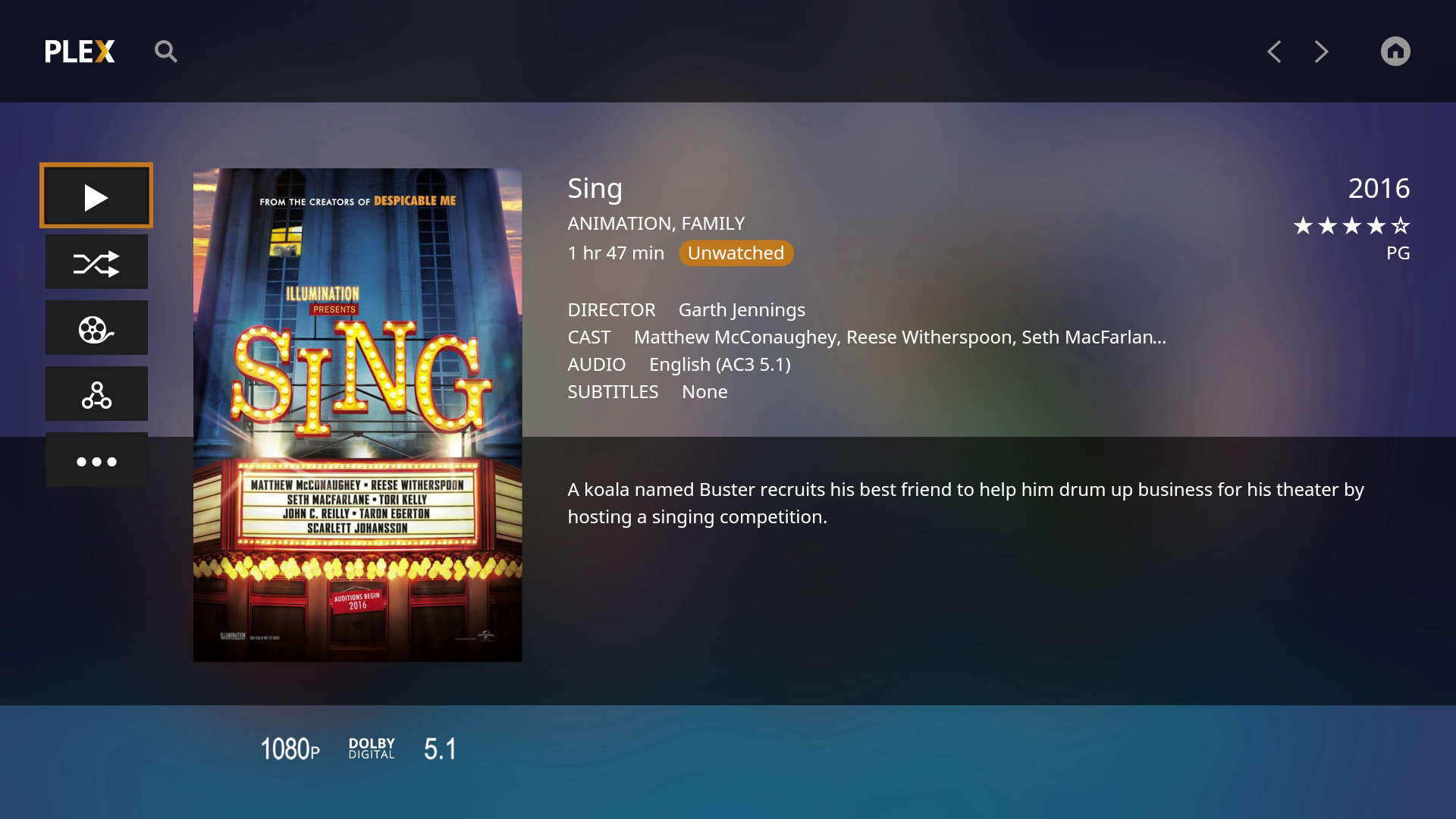

The output quality of video may be lower in some circumstances, appearing slightly more blurry or blocky.There are some potential drawbacks to Hardware-Accelerated Streaming: Using the dedicated video decoding/encoding hardware is more energy-efficient and so will consume less power.By offloading CPU-intensive transcoding tasks to dedicated hardware, video streaming has less of a performance impact on your computer.High-quality videos, especially 4K and HEVC videos, can stream more smoothly.Videos can start streaming faster and buffer less often.Often, more videos can stream at the same time.Hardware-Accelerated Streaming has a number of advantages: Should I use Hardware-Accelerated Streaming? And if you use the same computer for both work and play, hardware acceleration uses less processing power during video streaming, giving you back the speed you need for your other activities. When hardware acceleration is turned on, Plex Media Server will use the dedicated video decoder and encoder hardware support in your computer/device to convert videos, letting you stream HD or 4K video more smoothly and stream to more devices at once. To convert videos faster and with less processing power, you can turn on Hardware-Accelerated Streaming in Plex Media Server. Some computers with more powerful processors can even stream multiple videos at once, especially at lower qualities. Using the free, software-based transcoding in Plex Media Server, home computers can seamlessly convert and stream video in real-time to any Plex app. Converting the video (transcoding) happens automatically, in real-time, while you’re playing it. To play your video smoothly and on a huge variety of devices, Plex Media Server often needs to convert the video to a different quality or a compatible format. Tip!: Hardware-accelerated streaming is a premium feature and requires an active Plex Pass subscription.


 0 kommentar(er)
0 kommentar(er)
